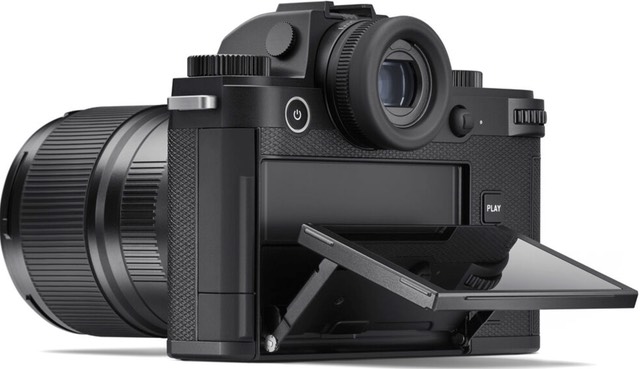
Leica's third 24mp SL camera, the SL3-S, comes with a number of additions, as well as a slightly higher price tag (now US$5300). Phase detect autofocus, 6K video, open gate video, a tilting rear LCD, Content Authenticity Initiative support, 30 fps still photography (12-bit), handheld 48/96mp multi-image capability, direct-to-SSD recording (video), and addition of a CFexpress Type B slot, are the big ticket updates to the camera. All coupled with the modern Q UI in the solid metal SL body design.
Commentary: It feels like Leica has now made it up to at least 2020 in the full frame sensor hybrid camera market. They tout it as the "fastest Leica" ever, and it certainly has the best video capabilities Leica has done to date, but that feels more like "catching up" than it does "getting ahead."
Some will see that as a snide comment from me, but it's actually a compliment. Generally Leica had not been keeping up with the Canikony trio, but they can now fully claim some reasonable level of doing so. At least for the 24mp full frame hybrid category.
There's a reason why Leica is doing well at the moment (last year was their best year financially). The SL's keep them close to the ILC state of the art, the M's appeal to their traditional users, and the Q/Dlux compacts actually are the top of that smaller category. Instead of going retro, as have so many of the Japanese, Leica is going more modern, and that shows, too. Moreover, it's the right decision for the future.
The SL3-S isn't a camera I'm likely to fully test, so I can't tell you exactly how it competes with the Canikony hybrids. But that modern UI does one thing: it simplifies the user's interaction with the camera, and up to a point I think that's valuable. I actually enjoy using my DLux-8 compact, and will have a review of it on the main bythom.com site soonish.
